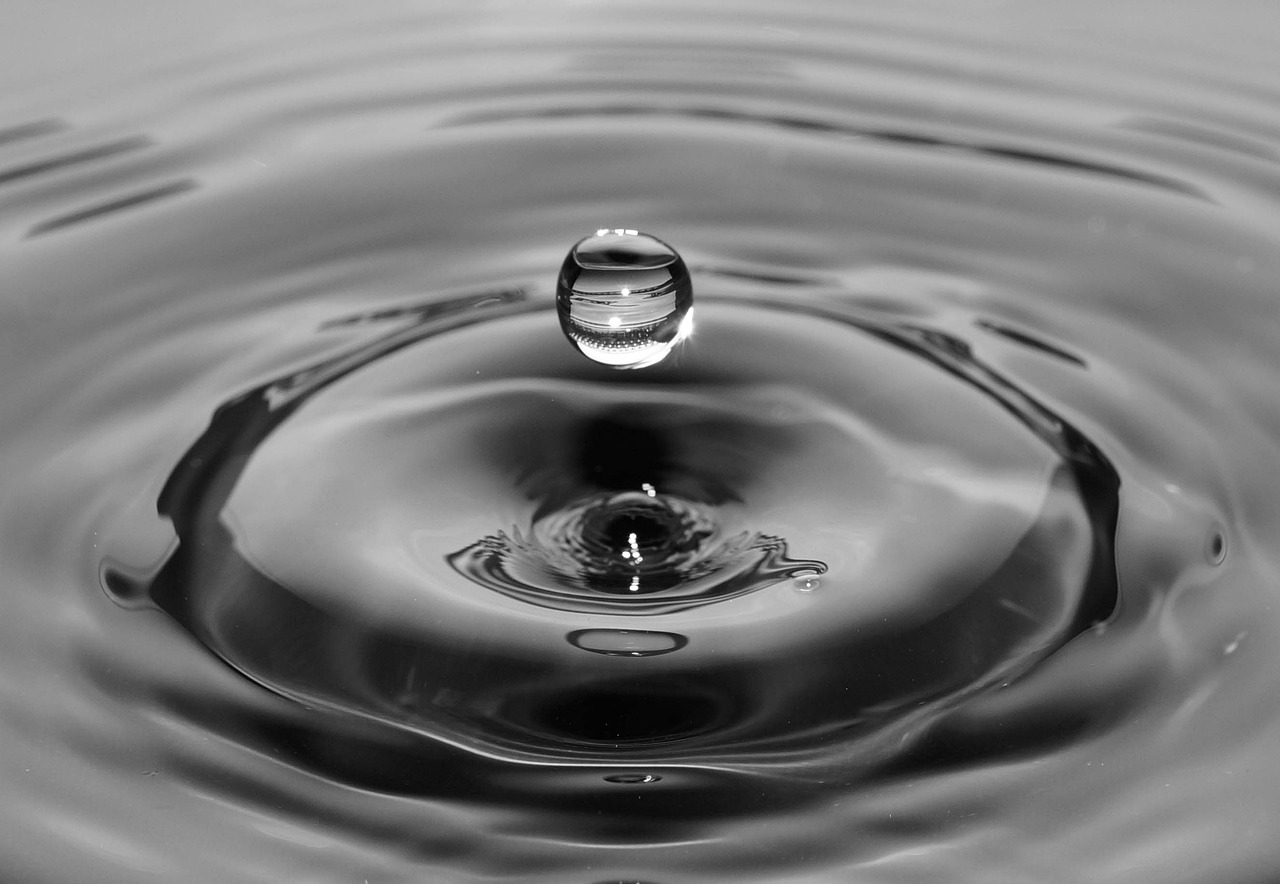 Water quality is a critical issue across the United States and globally. Over the past fifty years, the amount of nutrient input into natural water systems has been dramatically reduced from nonpoint sources such as agricultural fields. Best management practices such as reduced tillage, biofilters, and nutrient management have reduced edge of field sediment loss by 55%, nitrogen loss (surface runoff) by 42%, nitrogen loss (subsurface flow) by 31%, and phosphorus losses by 41%. Today’s farmers are producing more corn with fewer resources by planting genetically modified crops with drought-resistant traits and maximizing infiltration rates for their soil type. With the help of source water protection programs through the USDA and nutrient practices such as the 4 Rs (right source, right rate, right time, and right place), the production of agricultural crops and their impact on water quality have changed significantly.
Water quality is a critical issue across the United States and globally. Over the past fifty years, the amount of nutrient input into natural water systems has been dramatically reduced from nonpoint sources such as agricultural fields. Best management practices such as reduced tillage, biofilters, and nutrient management have reduced edge of field sediment loss by 55%, nitrogen loss (surface runoff) by 42%, nitrogen loss (subsurface flow) by 31%, and phosphorus losses by 41%. Today’s farmers are producing more corn with fewer resources by planting genetically modified crops with drought-resistant traits and maximizing infiltration rates for their soil type. With the help of source water protection programs through the USDA and nutrient practices such as the 4 Rs (right source, right rate, right time, and right place), the production of agricultural crops and their impact on water quality have changed significantly.
Chemical tests are designed to give accurate readings of the present water quality’s chemical properties such as dissolved oxygen, nitrates, nitrites, phosphate, and ammonia levels. Many of these chemical properties can change very quickly within an aquatic system and have immediate effects on the organisms that live there. Dissolved oxygen, for example, is the amount of gaseous oxygen (O2) dissolved in an aqueous solution and is vital for all aquatic life. It is in constant flux due to the balance between respiration and decomposition of organisms that require dissolved oxygen and photosynthetic activity and diffusion that increase it.
Biological tests are designed to indicate the overall health of a stream based upon the vertebrate and macroinvertebrate biodiversity within the water system. Organisms are good indicators of seasonal and annual water quality due to their range of tolerance for chemical and physical factors within the aquatic system. For example, mayflies and rainbow darter fish both require water with high dissolved oxygen levels and are not found within systems with low levels of DO. Physical factors help to gauge the stream structure, flow rate, depth, turbidity, and temperature of the water. Many riparian factors may influence physical tests such as the shade cover of trees that decrease water temperature, reduce soil and nutrient erosion, and support stream integrity by maintaining stream banks. Simple changes in riparian zones can cause a stream to go into a state of chaos and rapidly change physical, chemical, and biological indicators for the worse.
Nutrients and Water Sources
Phosphorus and nitrogen are limiting factors in waterways. If they are not present in large quantities, the ecosystem will stay in balance. The algae that is naturally present is kept in check by a lack of these nutrients. When these nutrients increase, it can result in an algal bloom. As the algae increases, waters become less clear, which can block sunlight to submerged aquatic plants, causing them to revert to cellular respiration to obtain energy. This requires oxygen, and makes less oxygen available to other organisms as result. Competition increases between the algae for decreasing oxygen amounts, and eventually they begin to die. The process of decomposition also requires oxygen, causing the dissolved oxygen level to fall further. This can result in massive fish kills. The massive mats of algae can also make these bodies of water unappealing for recreation. If toxins are present, the water can be dangerous to swim in or drink.
Surface water is judged on its quality by using several parameters. The diversity and amount of biotic life and the chemical composition of the water play a role. The amount of dissolved oxygen in a body of water is critical to supporting biotic life. Different water dwellers can tolerate different levels of dissolved oxygen. An area in a body of water that has little or no dissolved oxygen is called hypoxic.
Fertilizers are an input on farm fields. The nutrients in fertilizer include nitrogen (N), phosphorus (P), and potassium (K). Different fertilizers include varying amounts of N, P, and K and are used for different crops. Crops need all three nutrients in order to grow and produce seeds. Each serves a specific function in plants, and different plants have different requirements for each nutrient. The effect on water is determined by the salinity level and the plant life. N is a limiting factor in salt water (such as the Gulf of Mexico) and P is the limiting factor for fresh water. A limiting factor determines how much plant growth might occur if there is excess N or P in the water.
How do excess N and P get into water sources? When farmers apply fertilizers to fields, there is a specific amount applied per acre depending on the available nutrients in the soil and the crop that is planted. Those nutrients, if not incorporated into the soil right away, may be washed away by a rainstorm. Even if incorporated, some of those nutrients may be eroded before the plants can utilize them.
Physical and Chemical Water Testing
Temperature is very important to water quality. Temperature affects the amount of dissolved oxygen (DO) in the water, the rate of photosynthesis by aquatic plants, and the sensitivity of organisms to toxic wastes, parasites and disease.
Turbidity is the measure of the relative clarity of water. Turbid water is caused by suspended and colloidal matter such as clay, silt, organic and inorganic matter, and microscopic organisms. Turbidity should not be confused with color, since darkly colored water can still be clear but not turbid. Turbidity may be the result of soil erosion, urban runoff, algal blooms, and bottom sediment disturbances.
pH is a measure of the hydrogen ion (H+) concentration of a solution. The pH scale ranges from a value of 0 (very acidic) to 14 (very basic), with 7 being neutral. The pH of natural water is usually between 6.5 and 8.2. Most aquatic organisms are adapted to a specific pH level and may die if the pH of the water changes even slightly. pH can be affected by industrial waste, urban and agricultural runoff, or drainage from mining operations.
Dissolved oxygen (DO) is important to the health of aquatic ecosystems. All aquatic animals need oxygen to survive. Natural waters with consistently high dissolved oxygen levels are most likely healthy and stable environments, and are capable of supporting a high biodiversity of organisms. Natural and human induced changes to the aquatic ecosystem can affect the availability of DO. Dissolved oxygen percent saturation is an important measurement of water quality. Cold water can hold more DO than warm water. High levels of bacteria or large amounts of decaying material can cause the percent saturation to decrease. This can cause large fluctuations in DO levels throughout the day, which can affect the ability of plants and animals to survive.
Nitrate is a nutrient form of nitrogen that is needed by all aquatic plants and animals to build protein. The decomposition of dead organisms and the excretions of living animals release nitrate ad other forms of nitrogen compounds into the aquatic ecosystem. Excess nutrients like nitrate increase plant growth and decay, promote bacterial decomposition, and consequently decrease the amount of DO available in the water. Sewage and fertilizer from urban and agricultural runoff contribute to high levels of nitrate.
Phosphate is a nutrient needed for plant and animal growth. It is a limiting factor in aquatic plant growth. High levels of phosphates can lead to overgrowth of plants, increased bacterial activity, and decreased DO levels.
Biotic Sampling
Macroinvertebrates are animals without a backbone that can be seen with the naked eye. These bottom-dwelling animals include crustaceans and worms, but most are aquatic insects. Macroinvertebrates form permanent, relatively immobile stream communities that can be easily collected in large numbers for observation. They occupy all stream habitats and display a wide range of functional feeding preferences. They are important to the ecosystem and inhabit the middle of the aquatic food web as a major source of food for fish and other aquatic and terrestrial animals. Macroinvertebrates are a good indicator of changing water conditions because they demonstrate both acute and chronic reactions to environmental changes in the aquatic habitat.
The kick seine technique is a useful way to measure the macroinvertebrate diversity of an aquatic ecosystem. Macroinvertebrate taxa can tolerate varying levels of water quality conditions. Some macroinvertebrates groups can only tolerate excellent water quality, whereas other groups have a different range of tolerance for environmental conditions. Field sampling should be done when the water is warm and macroinvertebrates are active, usually from the end of May through the end of September. The best areas to locate macroinvertebrates are in areas of high oxygen concentration such as riffle zones or rapids in the benthic zone. Students will find that macroinvertebrates may cling to the bottom on rocks and humus and will need to be wiped and kicked into the net for collection.

 Water quality is a critical issue across the United States and globally. Over the past fifty years, the amount of nutrient input into natural water systems has been dramatically reduced from nonpoint sources such as agricultural fields. Best management practices such as reduced tillage, biofilters, and nutrient management have reduced edge of field sediment loss by 55%, nitrogen loss (surface runoff) by 42%, nitrogen loss (subsurface flow) by 31%, and phosphorus losses by 41%. Today’s farmers are producing more corn with fewer resources by planting genetically modified crops with drought-resistant traits and maximizing infiltration rates for their soil type. With the help of source water protection programs through the USDA and nutrient practices such as the 4 Rs (right source, right rate, right time, and right place), the production of agricultural crops and their impact on water quality have changed significantly.
Water quality is a critical issue across the United States and globally. Over the past fifty years, the amount of nutrient input into natural water systems has been dramatically reduced from nonpoint sources such as agricultural fields. Best management practices such as reduced tillage, biofilters, and nutrient management have reduced edge of field sediment loss by 55%, nitrogen loss (surface runoff) by 42%, nitrogen loss (subsurface flow) by 31%, and phosphorus losses by 41%. Today’s farmers are producing more corn with fewer resources by planting genetically modified crops with drought-resistant traits and maximizing infiltration rates for their soil type. With the help of source water protection programs through the USDA and nutrient practices such as the 4 Rs (right source, right rate, right time, and right place), the production of agricultural crops and their impact on water quality have changed significantly.